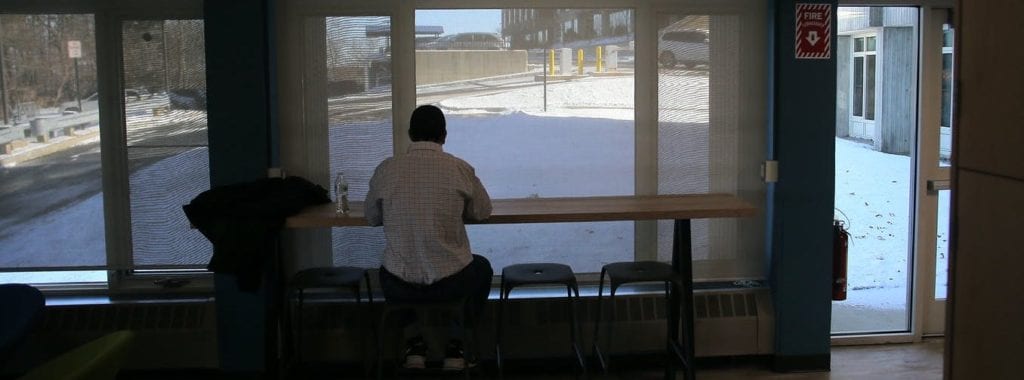Information Hub / BlogWhat former foster children went through when the COVID-19 pandemic closed college campuses
by Saralyn Ruff (Associate Professor of Psychology, University of San Francisco) and Deanna Linville (Associate Professor & Research Scientist of Mental Health, University of Oregon)

The big idea
In the first two months of the pandemic, more than half of former foster children lost their jobs and nearly 40% experienced precarious living situations or homelessless, according to a survey of 127 former foster children between the ages of 18 and 26 that we conducted in May and June of 2020.
They were among the estimated 20,000 people in foster care who are “emancipated” each year when they age out of the system, beginning as young as 18. These young adults typically lose most of the support the government provides foster children – such as caseworker support and access to health care and housing.
Most of the people we surveyed were college students. Like most former foster youth going to college in the spring of 2020, they did not have a stable living situation or family to go home to when campuses across the country shut down. Many described how the resilience they developed in foster care made it easier to withstand these new challenges.
“Being in foster care taught me how to survive, which makes living through a pandemic a little easier,” one told us.
Others shared concerns that underscored how challenges facing former foster children go far beyond what’s going on during the COVID-19 pandemic.
“I wish that there was more support for us older foster children who want to do more with our lives, who truly want to break the stigma around being in foster care,” one participant told us. “At the same time, we are never truly given the [help] we need to make all of that possible.”
We also heard concerns about children who remain in the problem-prone foster care system: “I can’t stop thinking/worrying about the kids that are stuck in foster homes they do not like/are unfit,” one survey participant wrote.
Others shared concerns about children and teens still in foster care becoming less likely to be reunited with their relatives, and more likely to lose contact with them, due to travel restrictions and social distancing.
Why it matters
Even when the economy is strong and there’s no global calamity, these young adults experience financial hardships. They need to support themselves earlier than their peers, which can result in housing and food insecurity and interfere with their schooling. Only 4% of former foster children graduate from college, compared with more than one-third of their peers.
And when the pandemic struck, it made things a lot worse for former foster children.
Millions of students will return to college campuses in the fall of 2021 for the first time in about 18 months. Among them will be many former foster children, including some who are not ready to resume in-person instruction after a tumultuous time in their lives. Although often resilient, we believe these young people will require support from their colleges and universities.
What’s next
We are digging deeper into this data to learn more about the experiences of the college students who completed this survey to see what kinds of aid and support were the most helpful for young people left in the lurch during lockdowns.
